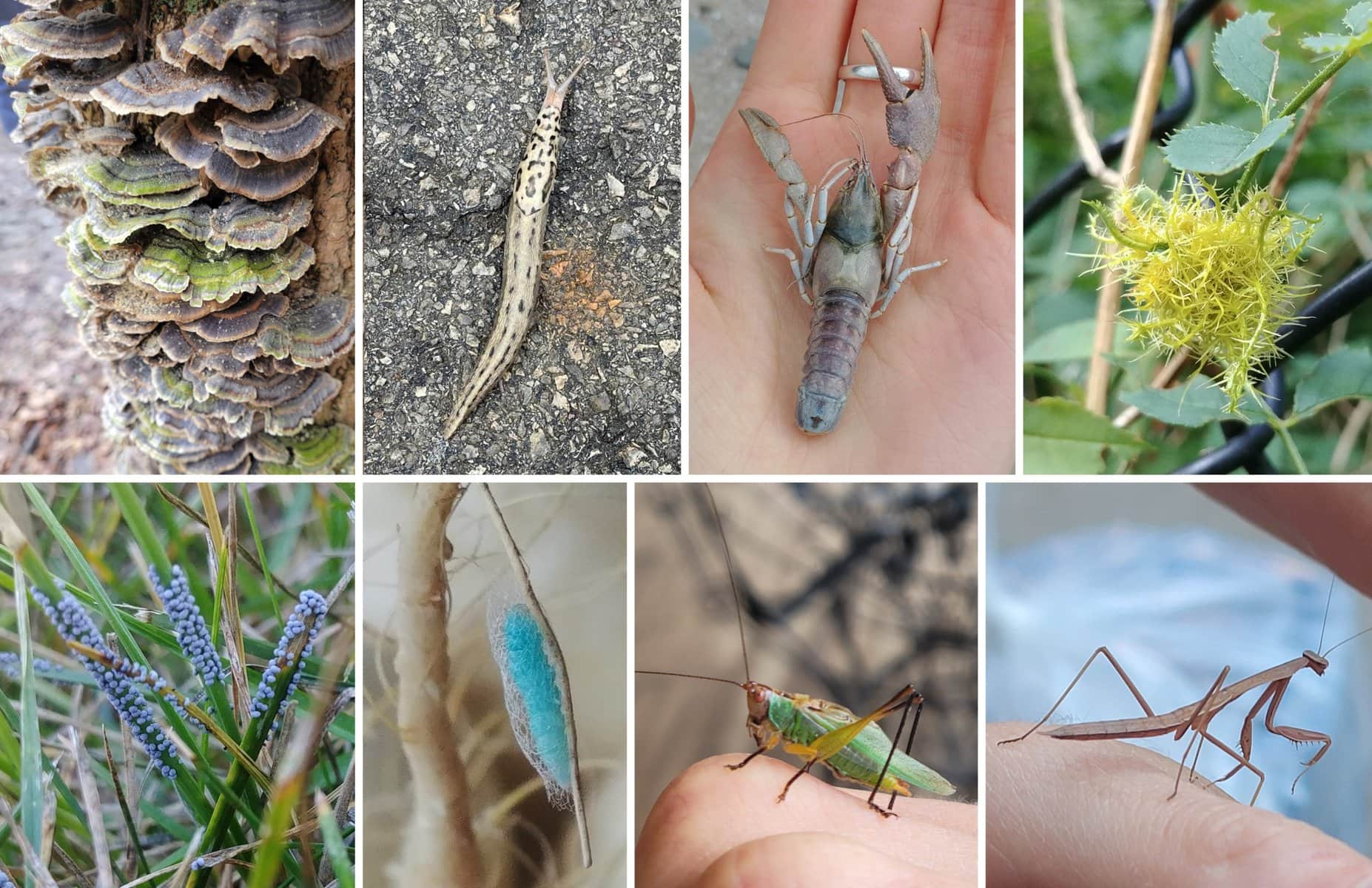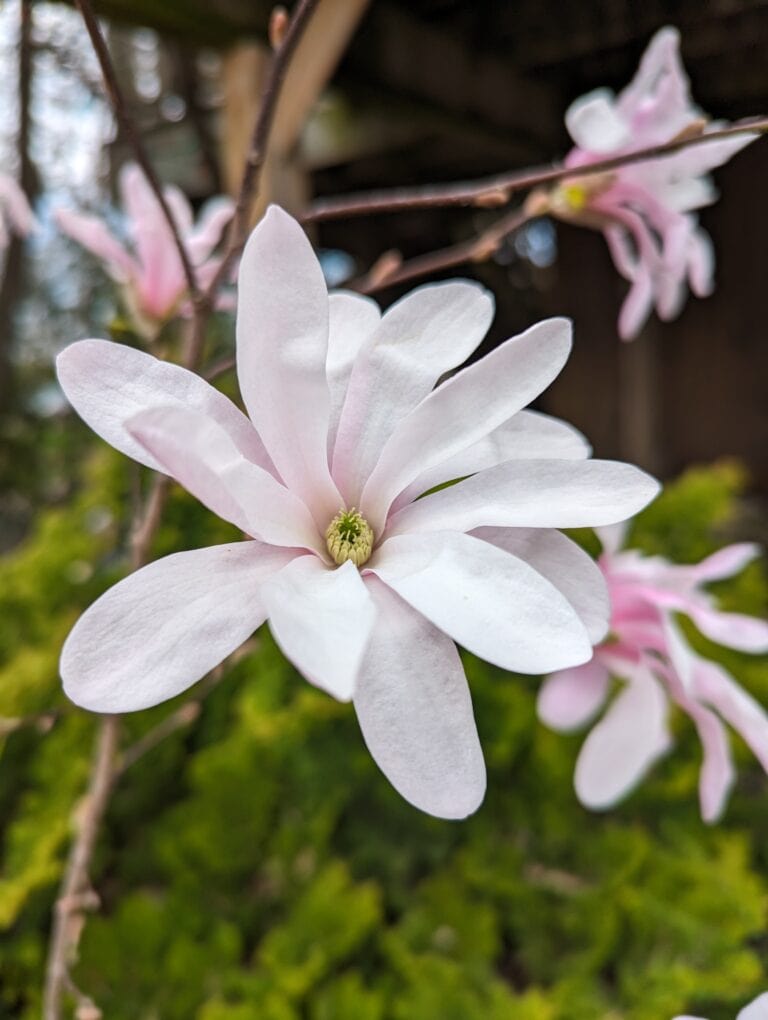This spring, anyone with an interest in nature and the outdoors is invited to participate in the annual Niagara College BioBlitz.
The one-day “scavenger hunt” on April 15 promises fun and food while participants contribute important data about local ecosystems.
When we think of the word “naturalist,” we might think of the historical vocation: an explorer who documented the weird and wonderful things they found in nature.
Today, some curious minds do continue this practice, by keeping notebooks with detailed sketches and observations.
At the same time, modern technology has broadened our definition of “naturalist” and opened the door to anyone willing to step into these adventurous shoes (or more likely, hiking boots).
Smartphones now allow us to catalogue species in a similar way by recording images, locations and physical traits of species, and even sharing and cross-referencing notes with others.
Many organizations host an annual BioBlitz, which is a short-term, dedicated effort to observe and document as many species as possible in a given area.
The upcoming Niagara College BioBlitz is a chance for our community to learn about wildlife in our own backyard from local guides who are excited to share their knowledge.
Such events provide an opportunity for anyone interested to become a naturalist: to actively contribute to scientific research and help protect the environment in their region.
Because BioBlitzes focus on local ecosystems, all data collected provides valuable details for environmental managers.
For example, the information can be used to track changes in population sizes or species distribution, and even indicate areas that would benefit from conservation efforts.
Participants will use iNaturalist, a platform and app that connects enthusiasts, researchers and naturalists alike, and allows people with different expertise to “consult” on species sightings. This makes it possible for absolutely anyone to take part.
You might have no idea what species you’re looking at, but by taking a picture and uploading it to iNaturalist, other experts around the world will chime in to help. This also makes sure the data are cross-checked and validated.
The photo collage here shows a few observations of Niagara species I contributed to iNaturalist over the last year. I discovered a purple bean-like growth on blades of grass, which turned out to be a slime mold (Physarum cinereum).
I kept a bright blue cocoon from a locally grown potato and watched it transform into a moth a few days later.
A weird moss-like growth on a rose plant is caused by a wasp laying eggs in the stem – the plant grows tendrils in response to the irritation.
I also stumbled across an invasive leopard slug, a species about four inches long, that has been introduced from Europe.
The April BioBlitz will be an eye-opening chance to see tiny life forms that you might never have noticed before. You might even spot larger animals, like muskrats or great horned owls.
In the past, on the Niagara College campus, community scientists have come across these species, as well as American giant millipedes and even fungi called “green cheese polypores” and “chocolate tube slime.”
It’s remarkable what you can discover when you look closely.
Everyone is free to show up at any time from 6 a.m. to 4 p.m. and stay as long as you like. Niagara College does, however, require registration in advance to be able to provide sufficient food around lunch time.
You can sign up either as a participant or expert (for individuals confident in their knowledge and willing to lead hikes) at niagaracollege.ca/sustainability/students/bioblitz.
Pets must be left at home so they don’t reduce potential sightings by scaring off wildlife.
Come out on April 15 to learn about the local environment and contribute data that will help protect the species that live alongside us in Niagara.
Kyra Simone is a PhD student in environmental science, with master’s degrees in biology and science communication. When not researching climate change, she advocates for a sustainable future, picks up litter and makes recycled jewelry.











